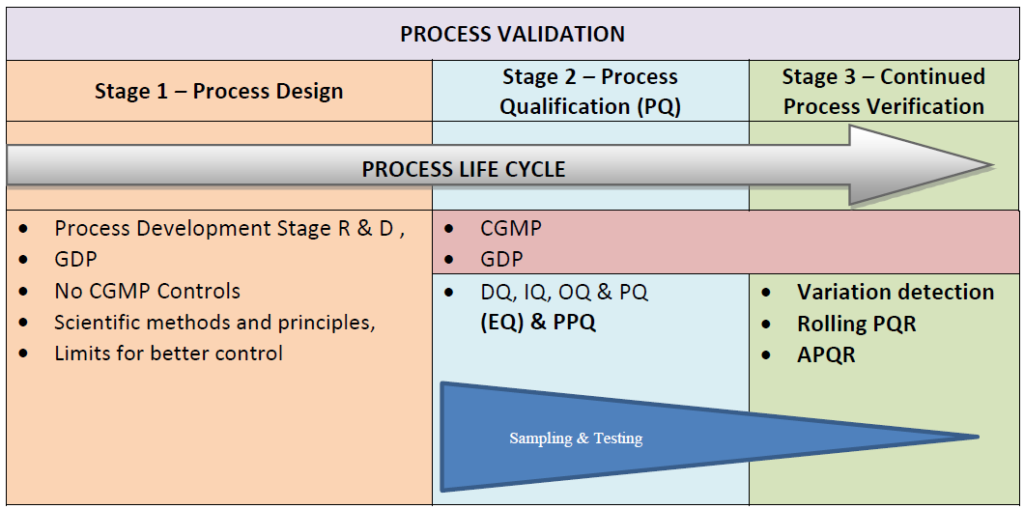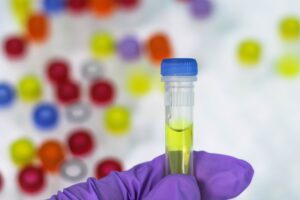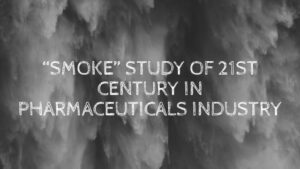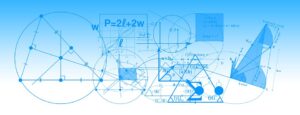USFDA release the guidance documents on Process Validation titled “Process Validation: General Principles and Practices” in January 2011. However the approach laid down in this document is still being not adopted completely by the industries till date. The concept laid down was to transfer the complete process optimization activities to R & D from manufacturing instead of struggling during the Production phase. This would lead to cost saving and reduces the chances of failure of the product when it has been transferred to the manufacturing phase.
The guideline acted as a ‘Bridge’ between the R&D and Manufacturing activities.
Goals of the Process Validation Guide
There were mainly two goals which were kept under focus by this guideline.
- Homogeneity within a batch and
- Consistencies between batches
Validation approach is divided into three stages
Stage 1 – Process Design:
Here we design the concept or the product based upon the research and development based data base, gain the knowledge with the optimization of the process and parameters. The concept is validated with exhaustive expertise and up activities
Stage 2 – Process Qualification:
Here we further check the reproducible and robustness of the process by determining the process control parameters. Process Performance Parameters for each manufacturing steps are determined along with the critical quality attributes. Process control parameter ensures the process is being process within the defined path.
Stage 3 – Continued Process Verification:
When the Process is under control, it’s the time to be more watchful. Process needs to be kept under the watch by the process of continuous verification to provide ongoing assurance so that process remains in a state of control.
Analysis:
attribute(s) (e.g., quality, product, component) and
parameter(s) (e.g., process, operating, and equipment)

Explanation on Stage 1 – Process Design:
Construction of a Product with Process Knowledge and Understanding
- Process information available from product development activities can be leveraged in the process design stage.
- The functionality and limitations of commercial manufacturing equipment shall be considered in the process design
- Process Development information will be utilized in Process Design.
- Use of technology such as Computer-based or virtual simulations of certain unit operations or dynamics can provide process understanding and help avoid problems at commercial scale.
Establishing barriers to prevent process drifts to keep Process under Control
- Strategies for process control can be designed to reduce input variation,
- Adjust for input variation during manufacturing or combine both approaches.
- material analysis and equipment monitoring
- Process Analytical Technology (PAT)
Explanation on Stage 2 – Process Qualification (PQ): [EQ+PPQ]
The process design is evaluated to determine if the process is capable of reproducible at commercial manufacturing.
This stage has two elements:
- Qualification of equipment and utilities (EQ)
- Process performance qualification (PPQ).
Products manufactured during this stage, if acceptable, can be released for distribution.
1. Qualification of equipment and utilities
Facility, Equipment and Utilities needs to be in the state of Qualification. Qualification refers to activities undertaken to demonstrate that utilities and equipment are suitable for their intended use and perform properly.
2. Process Performance Qualification (PPQ)
This element refers to the implementation of the process at the qualified facility with qualified equipment and utilities.
The PPQ combines the
- Facility which shall be adopted for commercial manufacturing,
- utilities,
- qualified equipment
- trained personnel
- commercial manufacturing process,
- control procedures, and
- Components to produce commercial batches.
PPQ will have a higher level of sampling, additional testing, and greater scrutiny of process performance than would be typical of routine commercial production. This would provide the complete insight of the process and the control over the process at each step of the manufacturing.
Process Validation shall compromise of the data generated during the designed experiments; laboratory, pilot and commercial batches in the PPQ
Explanation on Stage 3 – Continued Process Verification:
- Goal of the third stage of validation is that the process drifts are identified immediately and the process remains in a state of control (the validated state) during commercial manufacturing.
- The same can be established by monthly rolling RPQR, annual PQR, control charts, trends etc on the process control parameters and critical quality attributes for raw amaterials, in-process and finished product.
- The data should be statistically trended and reviewed by trained personnel. The information collected should verify that the quality attributes are being appropriately controlled throughout the process.
- process stability and
- process capability index
- Variation can also be detected by the timely assessment of defect complaints, out-of-specification findings, process deviation reports, process yield variations, batch records, incoming raw material records, and adverse event reports.

Raman is a versatile experienced Bio-pharmaceutical professional with more than 17 year of experience in Sterile and Non-Sterile Formulations. Raman is working in different aspects of Sterile Validations and designing Pharmaceuitcals Quality Systems for the next century. He is a versatile and tech savvy professional who believe the Quality is the foundations of Growing Organizations








